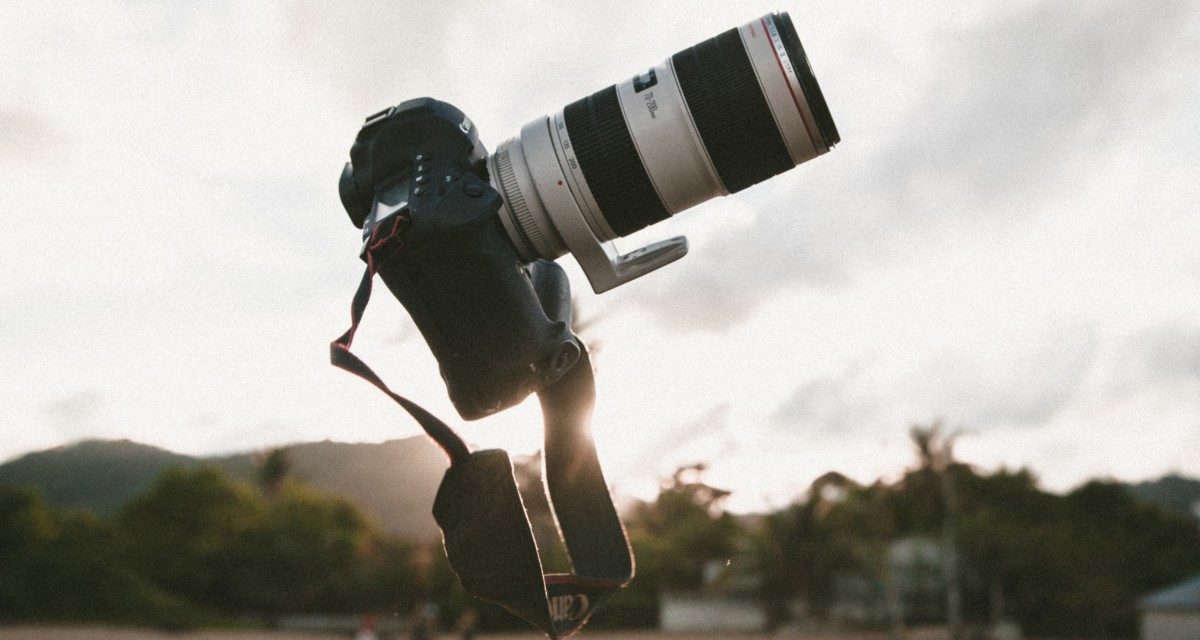[ad_1]
Tip #1: Use the Sun
The sun is a photographer's best tool, and an unmatched source of lighting. The primary ingredient that separates amateurs from professionals is the quality of lighting. While professionals typically provide supplemental lighting or bounce cards (shiny material used to reflect sunlight) to help attain the perfect shot, you can raise the caliber of your photos by knowing how to use the sun.
Taking a picture into the sunlight will make your subject dark, and there will be a significant loss of detail. Always try to shoot photos with the sun behind you – this way, you're using the sun's light to naturally brighten the people or objects you're taking a photo of.
But what if you're in India trying to take a picture of the Taj Mahal, or you're trying to grab a shot of your friend as they score the game winning goal – and the sun is facing you, blasting beams of light straight into your camera? Obviously, moving the subject in these scenarios isn't an option. Depending on the angle of the sun to your lens, you can lessen the impact of the sun by casting a shadow on the camera lens.
Think of it as you would if you were driving down the road, but the sun is shining in your eyes. In this instance, you use your hand to shield the sun out of your eyes. Apply the same principle to your camera lens. Shadowing the lens can be done with a business card, note card, or even your hand. Hold the camera up with one hand, and use your other hand to block out the sun's rays.
Tip #2: Get Eye Level and Fill the Frame
Getting eye level with a child is a good way to capture precious photos. It brings you down to their level, and creates a far more engaging photograph. Try taking some photos from behind the child while they're at play, as this not only shows what the child is doing, but it shows where the child is going, and it also shows life from the child's perspective.
Getting close is another key to better photographs. If you're taking photos of your Cocker Spaniel, don't shoot from across the room. Rather, get up close to your pup, and let his face fill 75% of the frame. Keeping the background simple is a good way to direct your viewer's eye to the object of the photo, and if this isn't possible, filling the frame is an easy way to minimize any distractions from a busy background.
Tip #3: Shoot Often, Delete Often
Professional photographers will usually take thousands of photos during one hour-long photo session, but the end result will only be a few hundred photographs. The trick to being a good photographer is snapping at least two or three shots per expression or action, and then choosing the photo that best captures the moment.
Practice by taking several pictures when nothing exciting is going on. Create photo sessions with friends and use this time to learn a little about your camera. Try adjusting the ISO settings (your camera's sensitivity to light) depending on how well lit your subject is. By practicing and understanding how to use your camera, it will help sharpen your skills when important events do occur.

